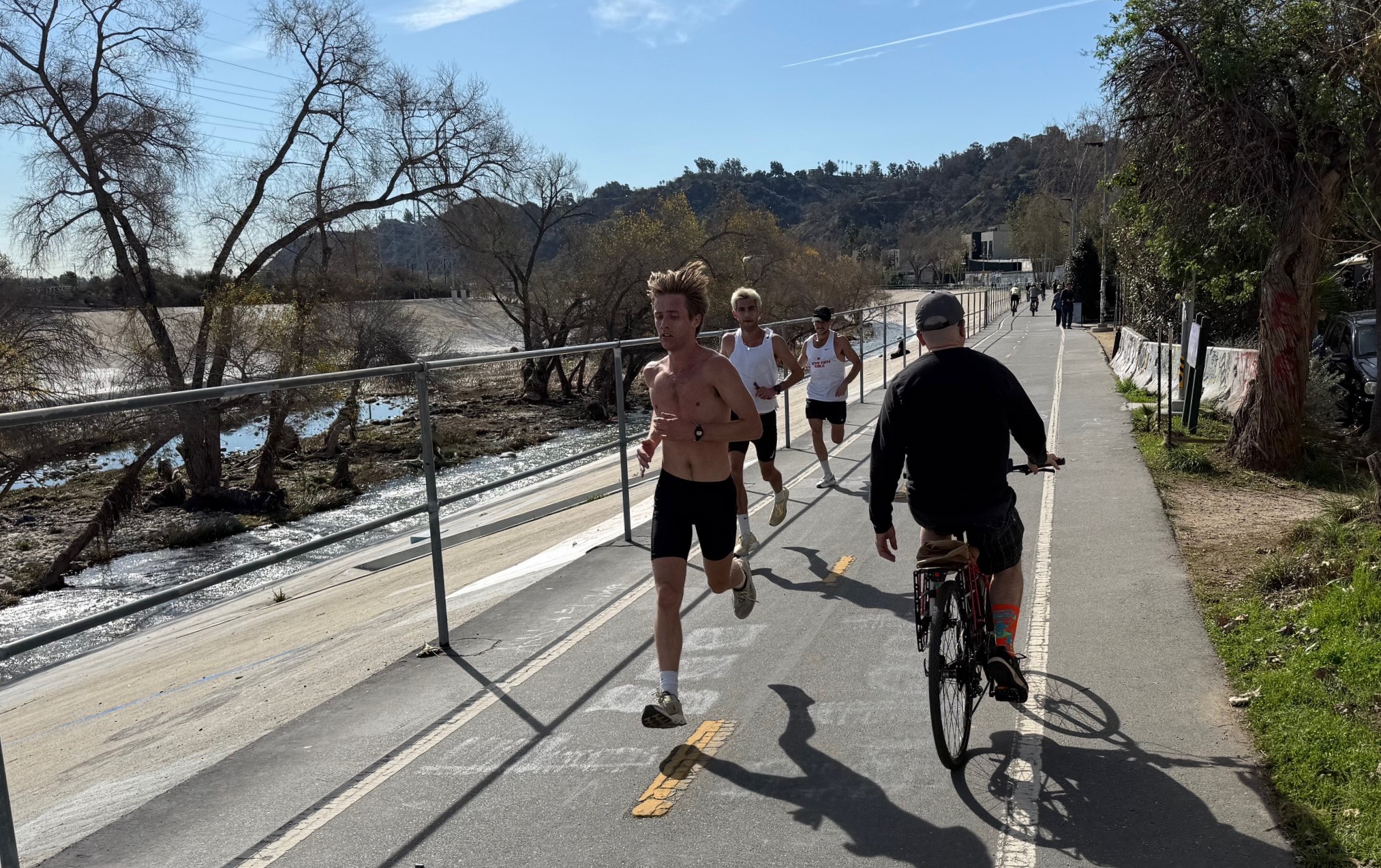 (Chart: University of Vermont Transportation Research Center)
(Chart: University of Vermont Transportation Research Center)The
success of state-level plans to increase gas taxes is tied to the
media's portrayal of the proposals in question, with narratives tied to
"crumbling infrastructure" and "economic progress" showing more success
than those emphasizing long-term transportation budget gaps, according
to a new report released by the University of Vermont's Transportation
Research Center (TRC).
The TRC report examined six states where lawmakers debated
raising gas taxes to close infrastructure budget gaps between 2006 and
2009. Three of the states ultimately approved gas tax increases
(Oregon, Minnesota, and Vermont) -- two of them over the opposition of
the governor, as seen in the third column of the above chart -- and
three of the state (Massachusetts, Idaho, and New Hampshire) nixed the
proposed tax increases.
While acknowledging that "there are
many possible explanations for the success and failure of gasoline tax
increases at the state level," TRC researcher Richard Watts attempted
to categorize the "frames" used to depict the proposals in local media
as well as the Associated Press wire service.
Watts
broke down the most popular media narratives by whether they emphasized
arguments made by supporters or opponents of the proposed tax hikes.
The most common so-called "pro frames" focused on each state's decaying
infrastructure, which would be in line for a boost thanks to new gas
tax revenues; the economic upside of improving travel times and
creating jobs by pursuing more gas tax-funded repair projects; and the
long-term benefits of solving persistent budget crises by raising fuel
fees.
Watts also marked off three frequently used "anti
frames": broad opposition to tax increases of any kind; a perceived
public preference for cutting other government spending before
resorting to raising taxes; and the economic downside of raising fuel
charges during a recession.
The report did not show an
across-the-board correlation between positive portrayals of higher gas
taxes and the ultimate passage of state-level proposals to that effect.
As seen in the above chart, media coverage in five out of the six
states studied featured a majority of "pro frames," yet two of those
states failed to act on gas tax legislation.
But the nature
of the media narratives used did appear to have an effect on the
success of state-level tax increases. From Watts' report:
In
Vermont and Minnesota, crumbling infrastructure comprised the majority
of the pro-gas tax frames. This is a powerful frame that carries images
of collapsing bridges, aging and deteriorating roadways, threats to
physical health and a system in dire jeopardy. ...In Massachusetts and Idaho the dominant pro-gas tax frame was
long-term solution – displayed about 75 percent of total pro-gas tax
frames. This frame emphasized funding and financial mechanisms and
lacks the imagery of crumbling infrastructure. In both states the
debate in the news discourse became about transportation system
funding, not the deteriorating system.
Another
wild card, according to Watts' research, was the "media standing" of
the public figures making pro- or anti-gas tax arguments. In
Massachusetts, for example, he found insufficient data to explain the
source of the media's emphasis on the more wonkish "long-term solution"
frame -- whether it was also the dominant narrative of Gov. Deval
Patrick (D), a tax-hike supporter, or whether it dominated the debate
for other reasons.
Nonetheless, the report could provide food for thought for House transportation committee chairman Jim Oberstar (D-MN), as his party's resistance to a federal gas tax increase continues to force a challenging search for alternative transport financing tactics.






